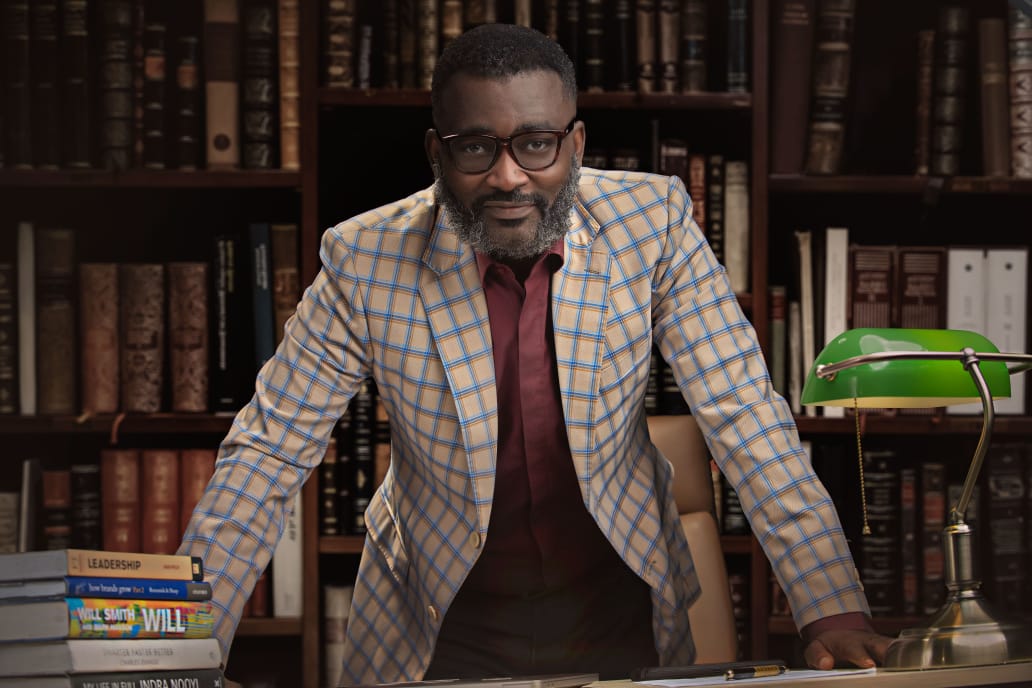Even the most digital brands have been surprised by the speed of change heralded by the Covid-19 pandemic. With consumers leading the way, brands are scrambling to evolve and adapt to the new normal. Against this backdrop, what role can marketing and creativity play in boosting a business’s recovery?
Creativity at the heart
Sumeli Chatterjee, vice president, Brand, The Times of India, said the pandemic was enabling businesses to embrace marketing and creativity as a business function.
“We always look at creativity being a marketing function, or a function on the side, which is tapped into when there’s a problem. But, I think this is the first time that marketing has become a true business function. It literally is like the binding factor that puts everybody together in the room and says, ‘there is a problem, and we have to solve it together’. The whole definition of the marketing function and what marketing does in the organisation that has become crystal clear right now.”
Opher Yom-Tov, chief design officer, ANZ Bank, said embracing creativity across a business requires leadership that encourages and creates space for innovation.
“Leaders, who actually might not be seen to be particularly creative, but, make the space for all of this to happen. Leaders who invite the wacky and the crazy, or give the time and space for the experimentation, [and] create the space for creativity to happen.”
“There’s such a strong business case for creativity inside organisations,” said Yom-Tov. “If you look at the organisations that have survived every crisis, the ones that were the most creative, and the ones who were able to execute on their creativity, I think that it is a no brainer. Creativity is one of your most powerful tools to future proof your organisation. But it’s ironic how difficult it still is to bring creativity into an organisation,” said Yom-Tov.
Embracing authentic messaging
Shrinking budgets may encourage brands to dig deeper in terms of creative messaging with consumers more responsive to authentic advertising rather than polished creative.
Arjun Sarwal, head of SEA regional business (performance), TikTok, said, “At this point of time, what we increasingly see at TikTok is well polished creative – you know, very shiny looking marketing pushes – are actually resonating less [with consumers] versus what we see increasingly being successful, is some very authentic and raw creative.
“I think very authentic, creative, joyful sort of content, that often users don’t even see as an ad, tends to work really well. I think this shift is happening towards this kind of creative and what we are trying to do is empower businesses of all sizes to be able to create this kind of authentic content,” said Sarwal.
Primus Nair, head of creative, Lego, agreed that consumers are looking to brands to demonstrate empathy in these unpredictable times. “Consumers are not looking for you to be clever, but there is a conversation that needs to be had. That says, “Look, we understand where you’re coming from, and we’re all in this together. We don’t have the answers, but it is one of those things where it’s part of human history, and we just have to make the best of it’.”
Scaling the creative challenge
However, as brands move to scale the new creative challenge, many are getting bogged down in the production process, according to Michael Stoddart, director, strategic development at Adobe APAC.
“Some of our customers are conflating creativity with the production of stuff,” said Stoddart. “They will admit they’ve got no time to try something new because they’re too busy doing the same thing over and over and over again.”
“Our brands and customers are saying “we want to break this nexus between production of content to give us the space to be more creative”.
Giving creatives the freedom to be more creative and using technology and tools to free up talent has given Diageo space to create some of its best ads, according to Pooi-San Kok, APAC head of innovation for beer, RTD and mainstream spirit, Diageo.
She said the iconic drinks company already lived and breathed creativity before the pandemic, which she believes will help it maintain creative excellence as shoots are cancelled, and budgets are cut.
“We have been producing some of the best creative ever in the past five years by using stock images. So that goes to show it’s not about having a big budget, [producing] better creative is all about having the right people and right talent. So, we will have our budget cut; I think there will be cuts across everyone in every industry. But that does not stop us from doing great work – we know that great work is not defined by the size of your budget.”
Source: The Drum







Comment
No comments found.